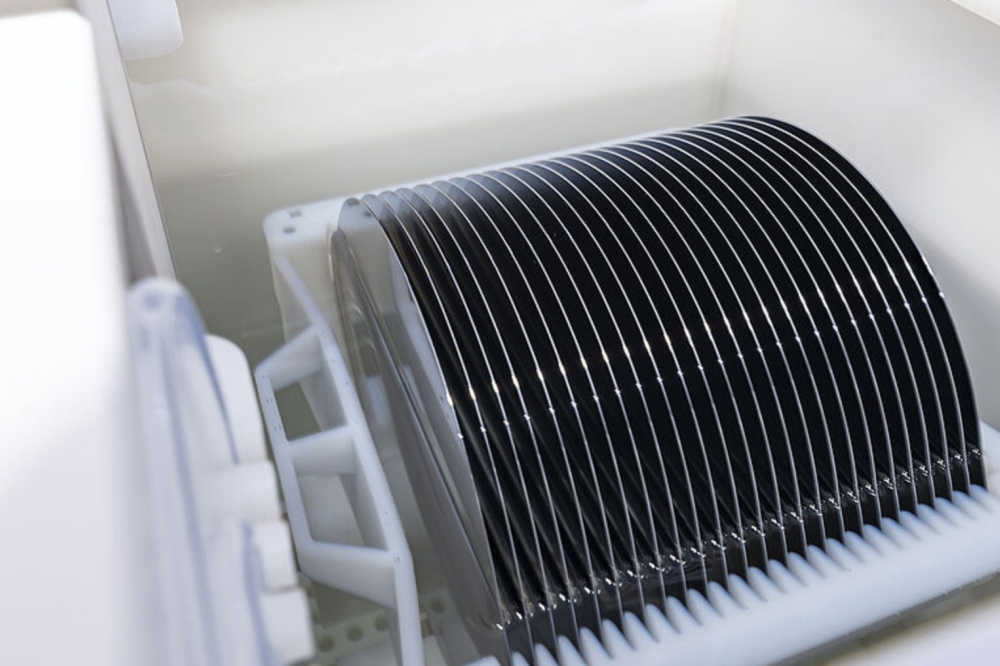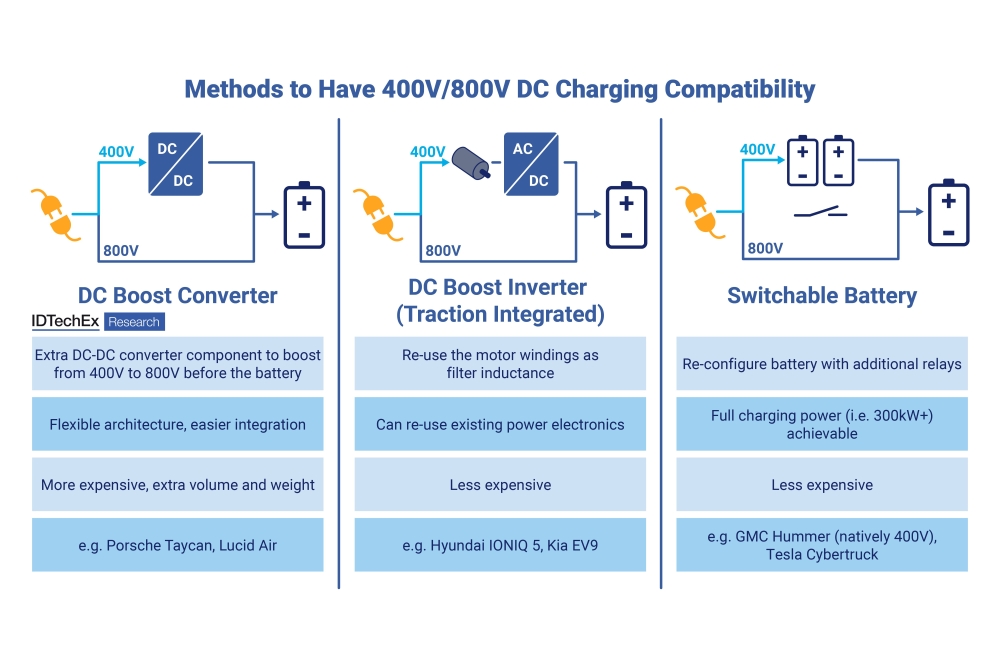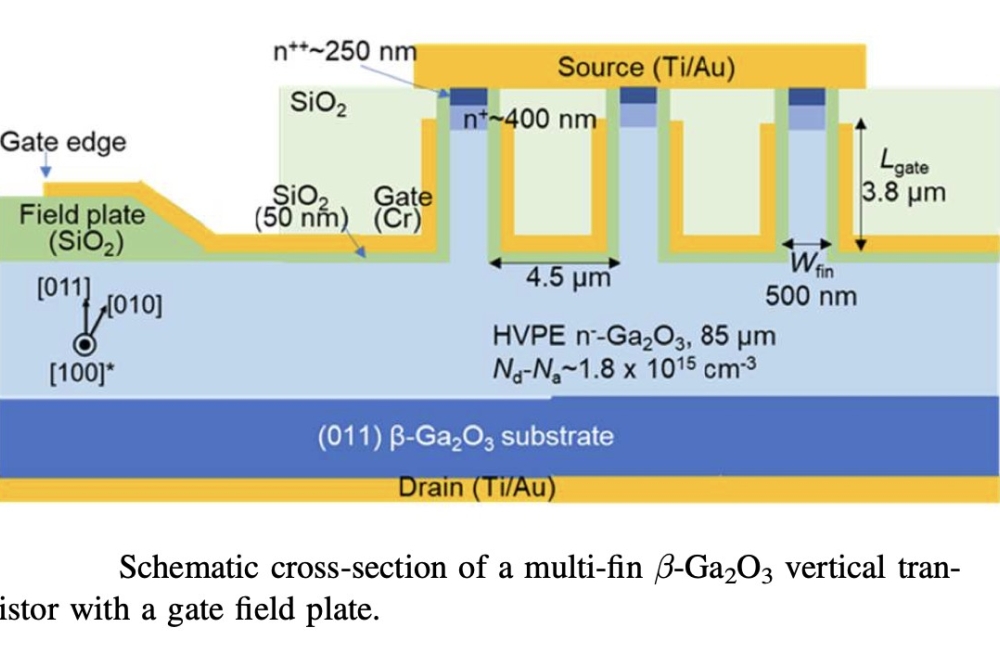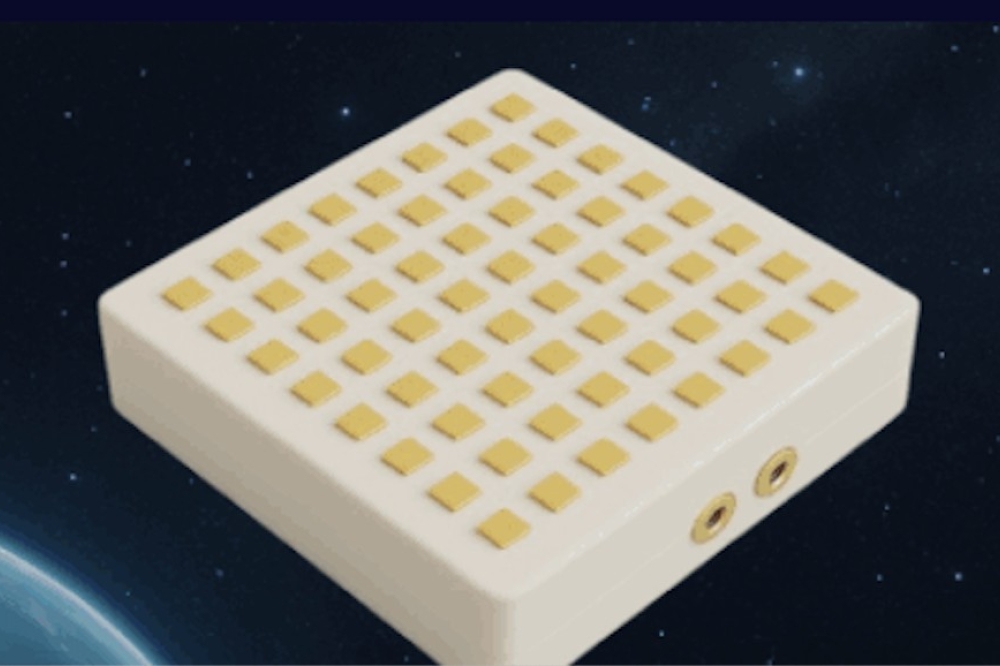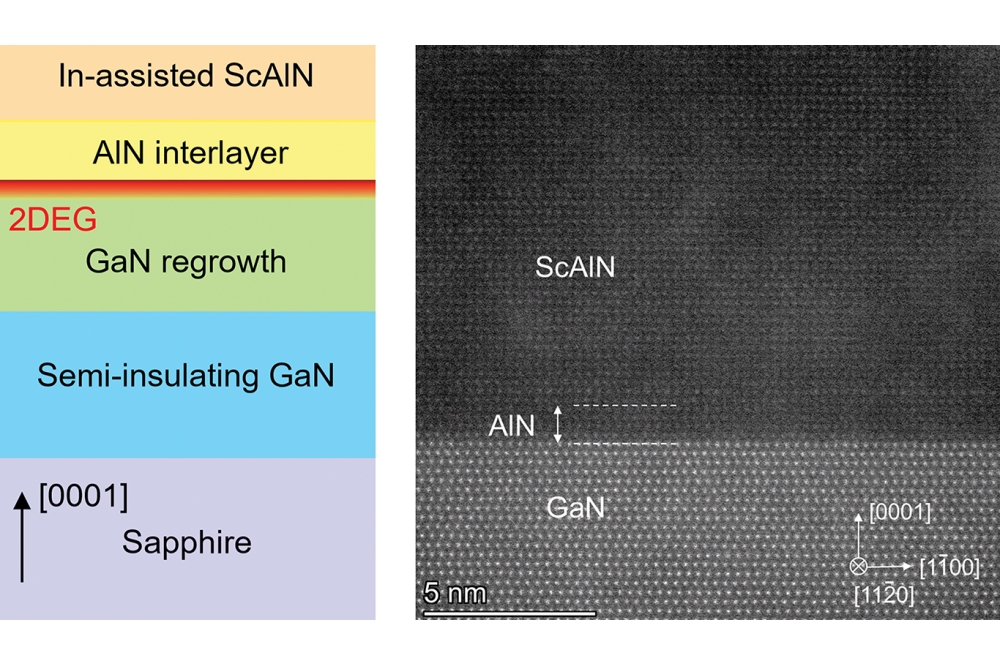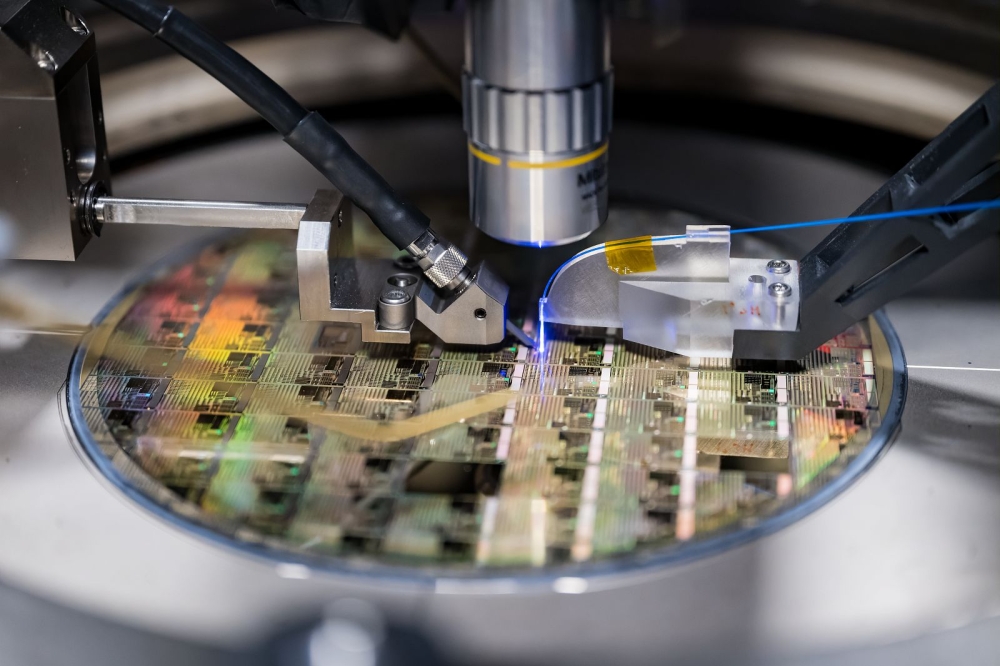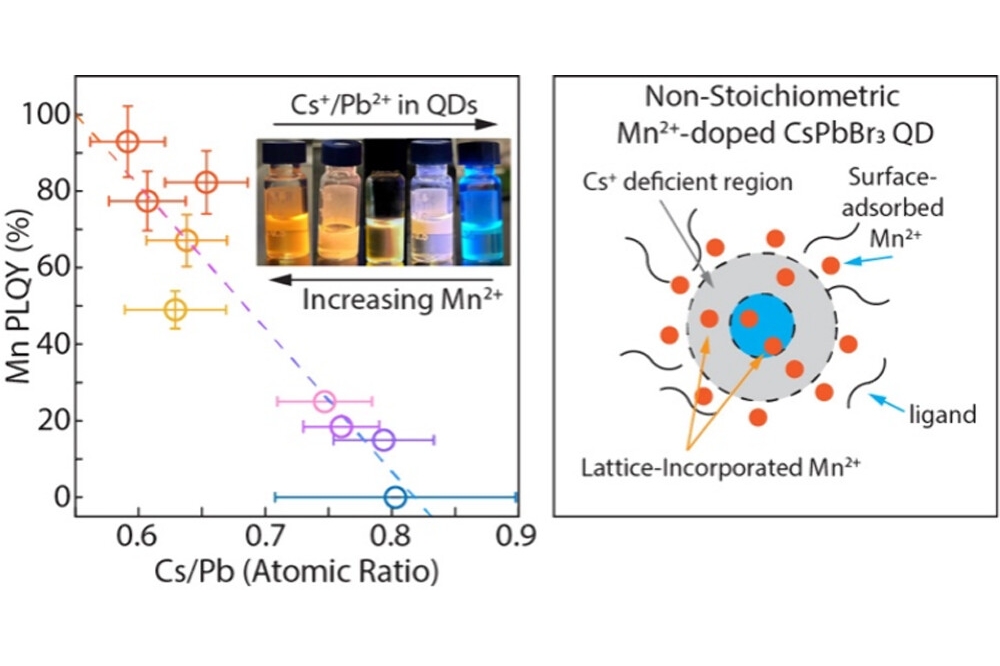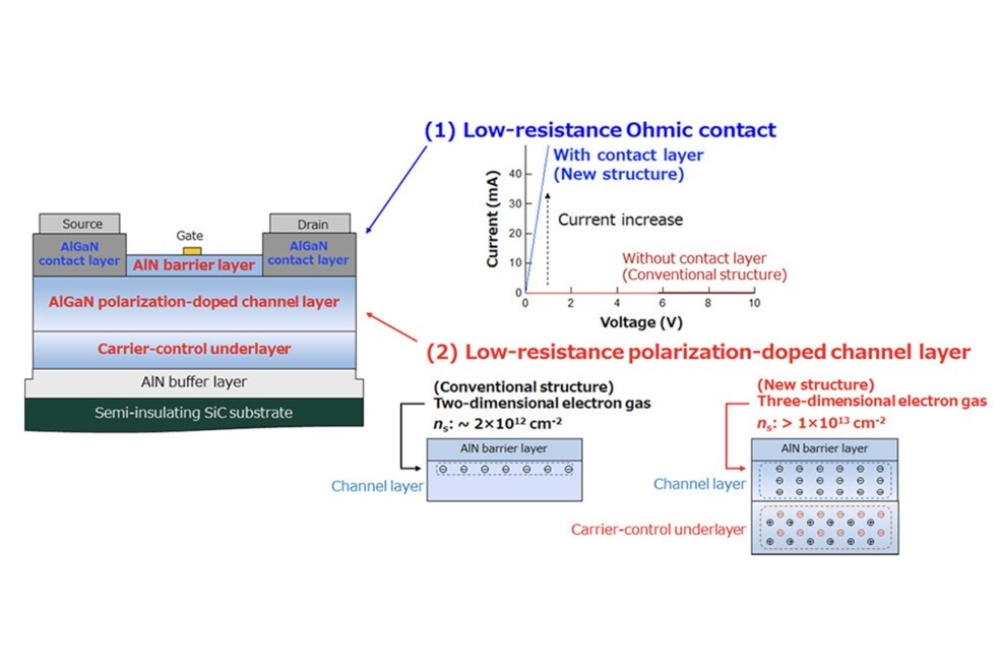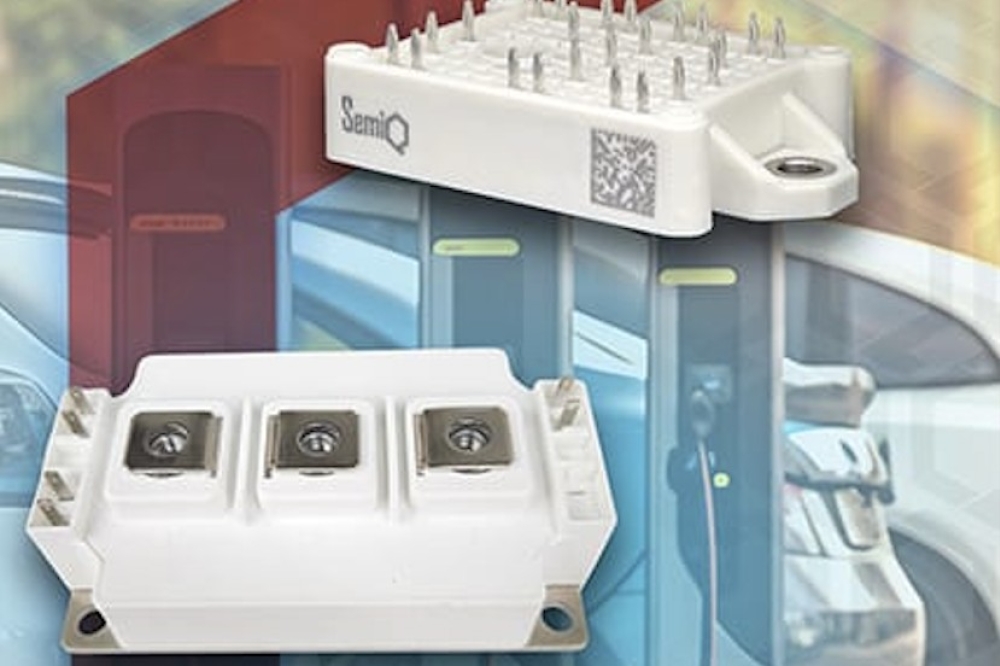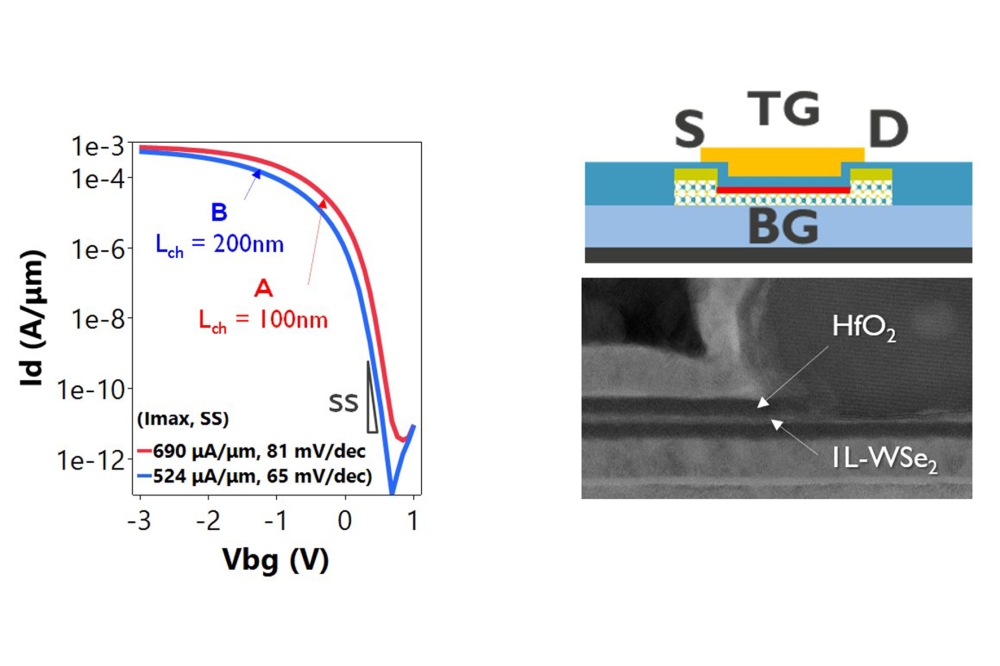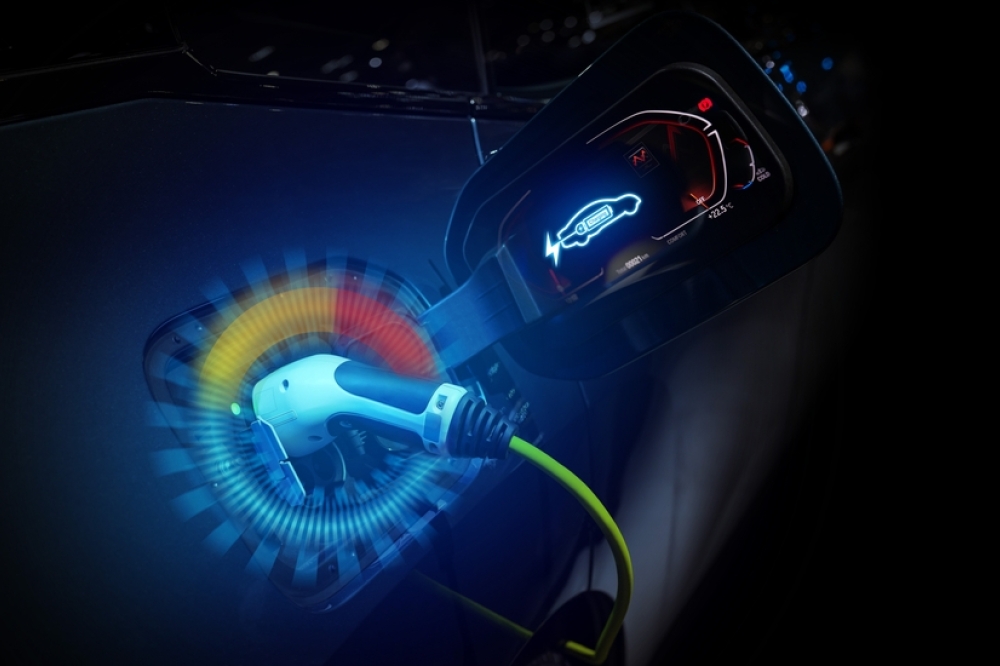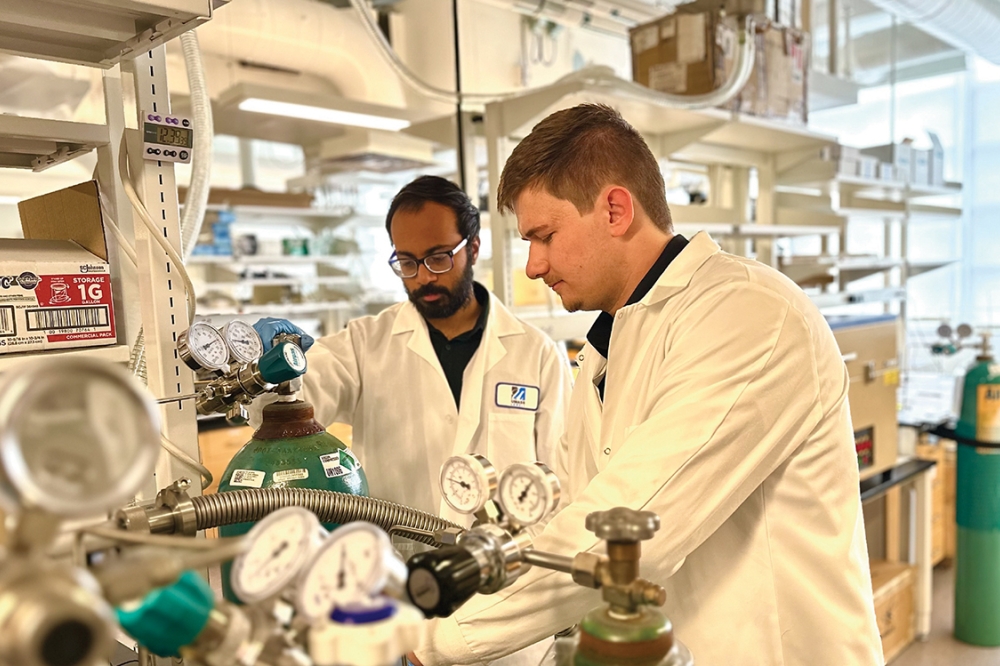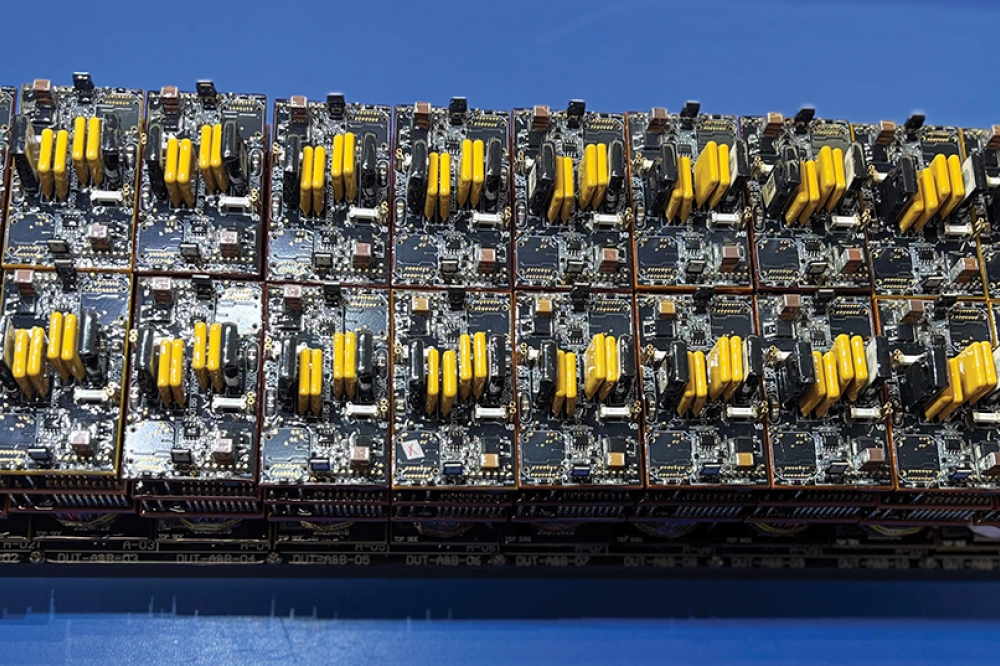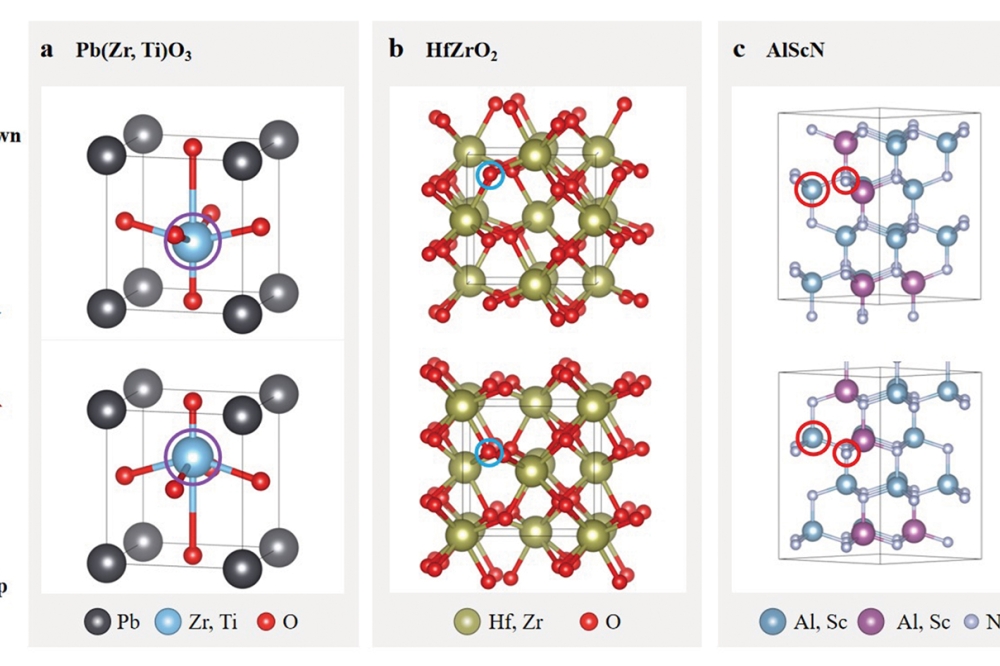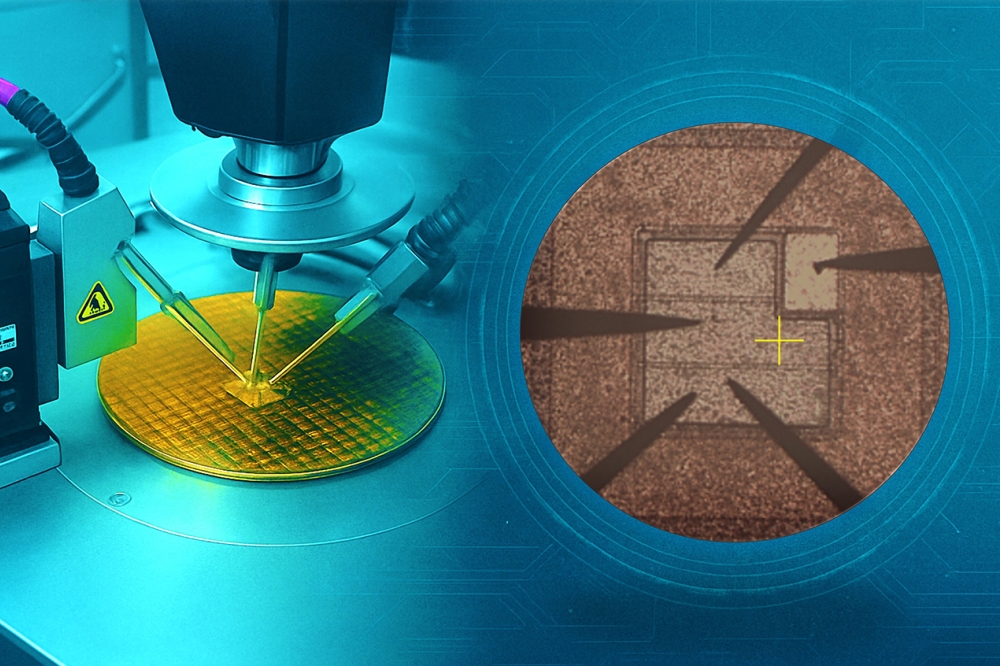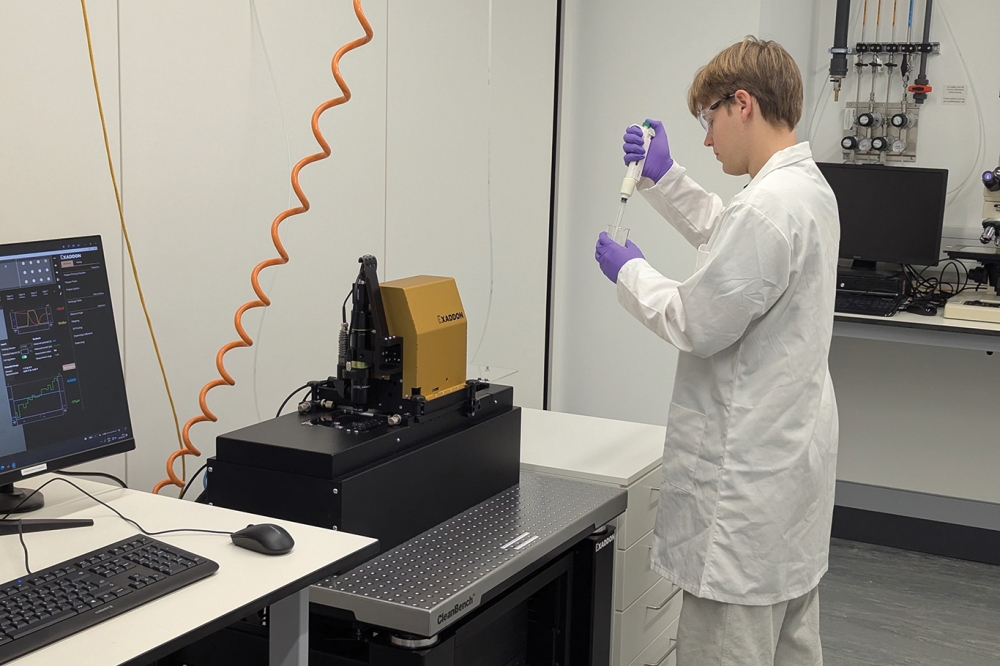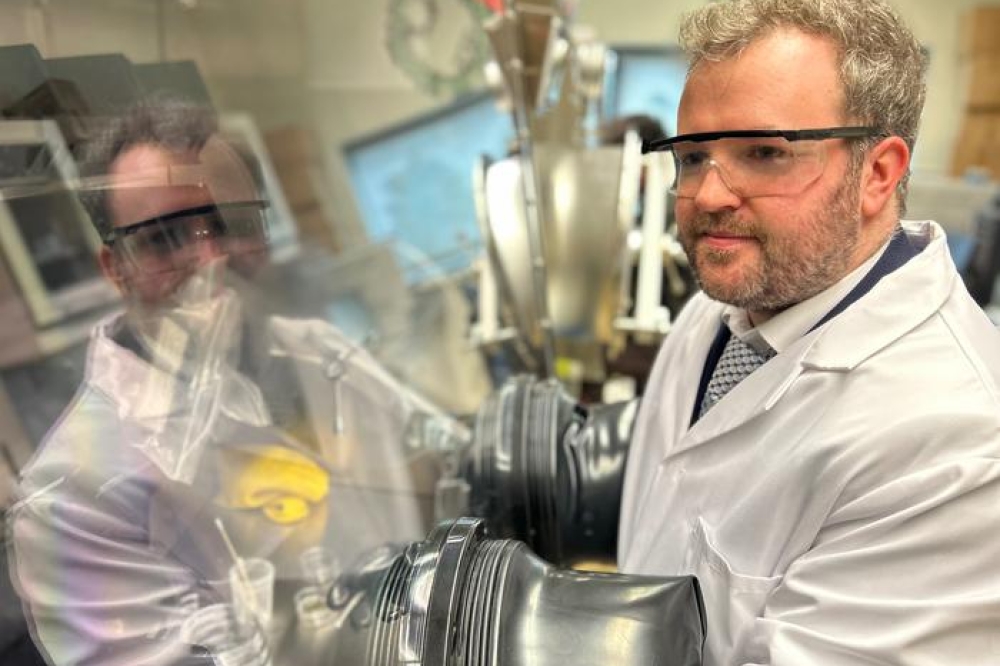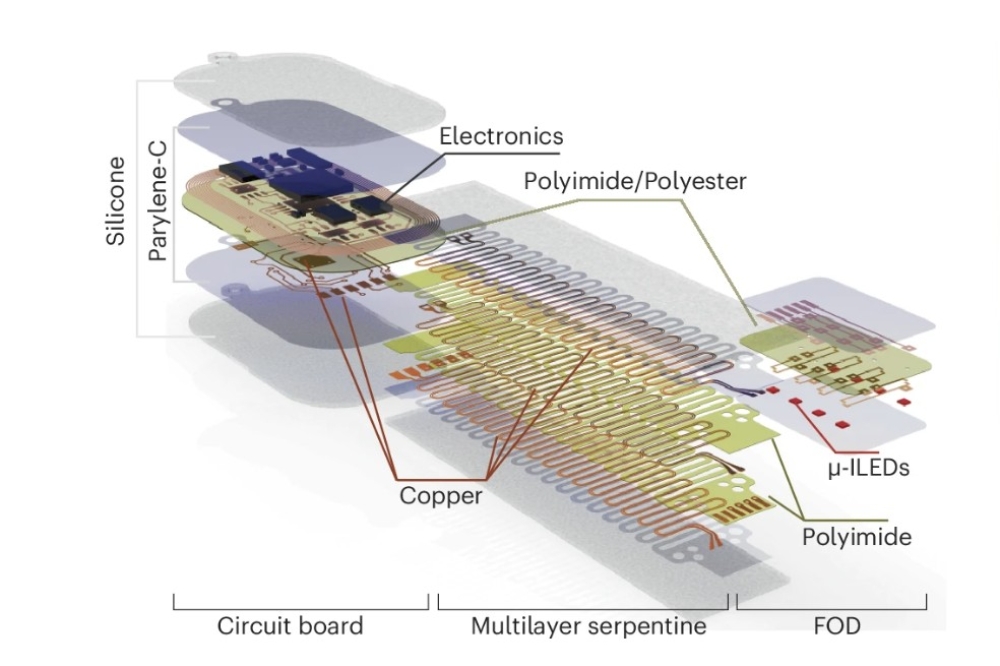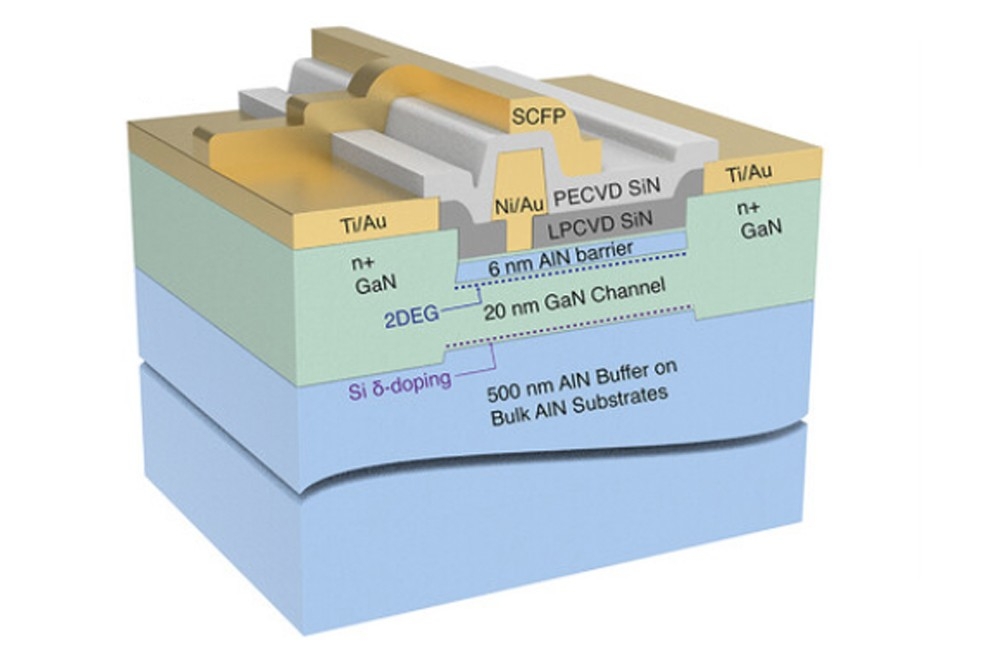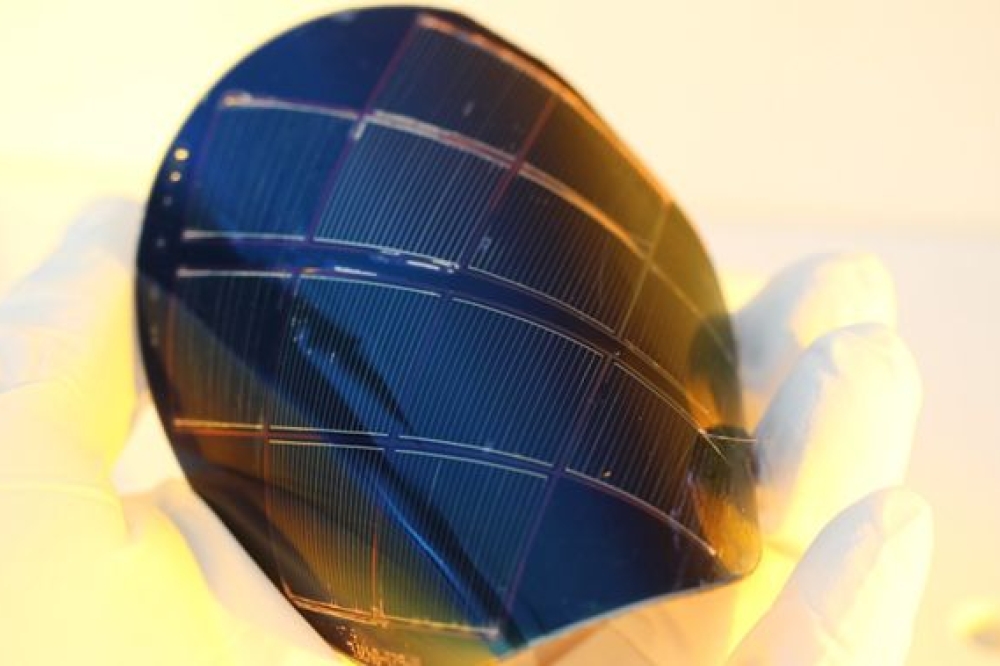Penn State makes breakthrough in photonic switching
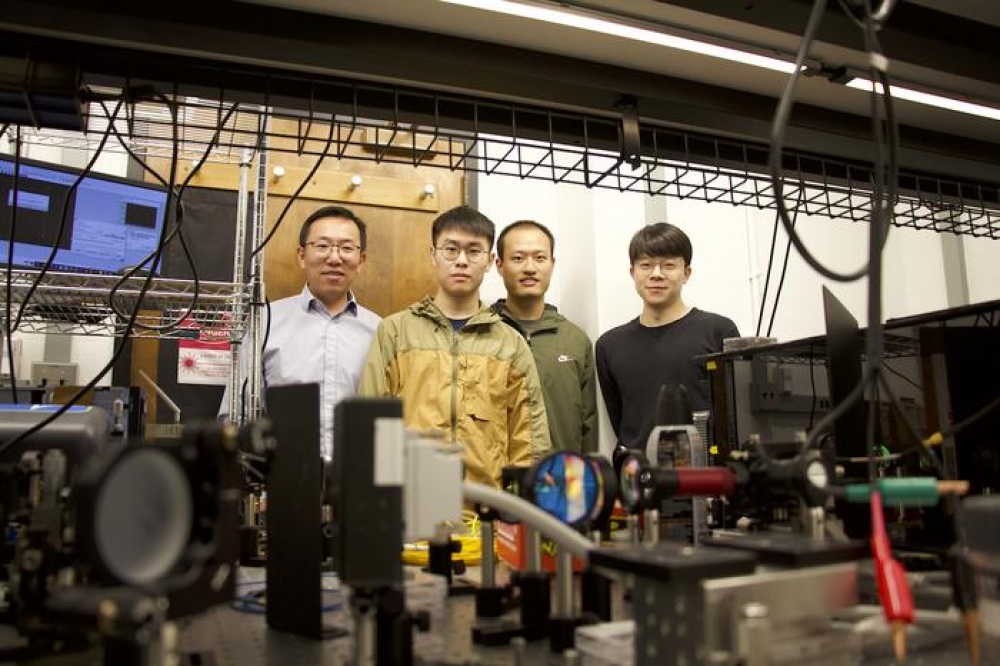
Until now, the photonic switches used for routing optical signals have been hindered by a fundamental tradeoff between size and speed: Larger switches can handle higher speeds and more data but also consume more energy, occupy more physical space and drive up costs.
In a new paper in Nature Photonics, researchers at the University of Pennsylvania School of Engineering and Applied Science describe a novel photonic switch that overcomes this size-speed tradeoff. Measuring only 85 by 85 µms, the switch’s units are smaller than a grain of salt but can redirect signals in trillionths of a second.
By manipulating light at the nanoscale, the switch could speed up the process of getting data on and off fibre-optic cables. “This has the potential to accelerate everything from streaming movies to training AI,” says Liang Feng, professor in Materials Science and Engineering (MSE) and in Electrical and Systems Engineering (ESE) and the paper’s senior author.
The switch is a hybrid device with a bottom silicon layer and a top InGaAsP layer that provides optical gain. By tuning the gain level in the top layer, vertically coupled waveguides operate below or above the exceptional point, where light is switched across two layers, among different input–output ports. For a single switching unit, the switching dynamics are of the order of 100 ps.
Joining the two layers proved challenging, and required numerous attempts to build a working prototype. “It’s similar to making a sandwich,” says Feng. "Only, in this case, if any of those layers were misaligned by even a tiny degree, the sandwich would be entirely inedible." The alignment requires nanometer accuracy..
The switch relies on non-Hermitian physics, a branch of quantum mechanics that explores how certain systems behave in unusual ways, giving researchers more control over light’s behaviour.
Ultimately, the researchers say, the new switch will benefit not just academic physicists, who can now further explore the non-Hermitian physics upon which the switch depends, but companies that maintain and build data centres, and the billions of users who rely on them.
This study was conducted at the University of Pennsylvania School of Engineering and Applied Science and supported by the US Army Research Office, the Office of Naval Research, and the National Science Foundation.

